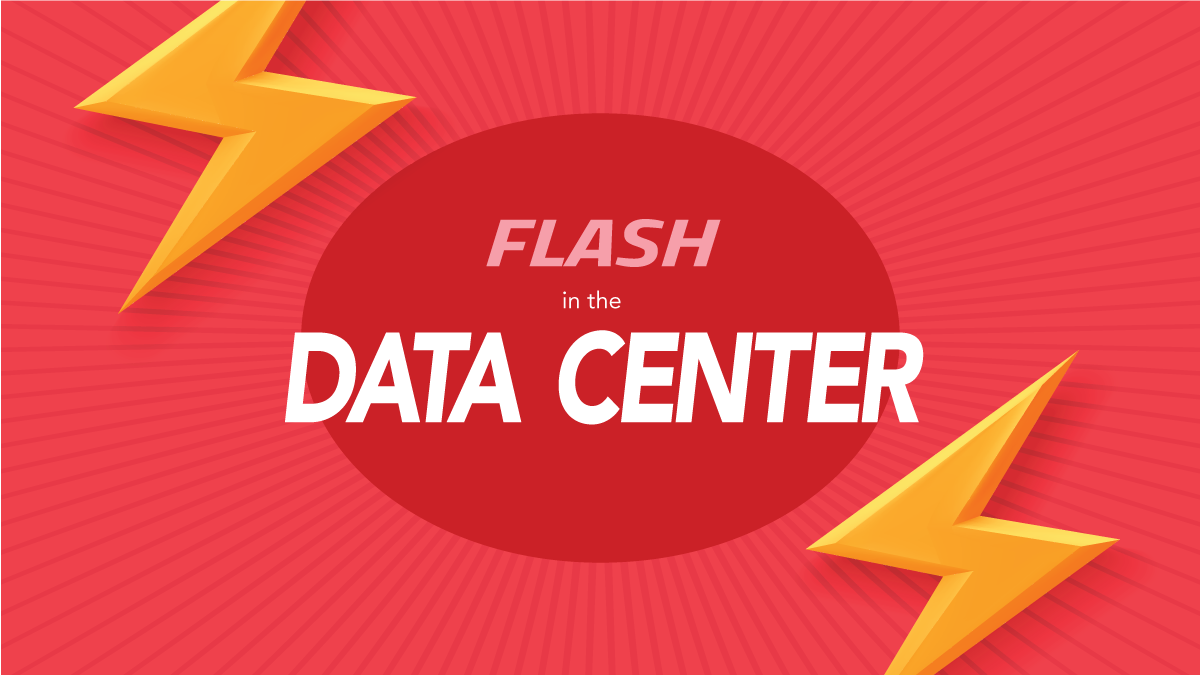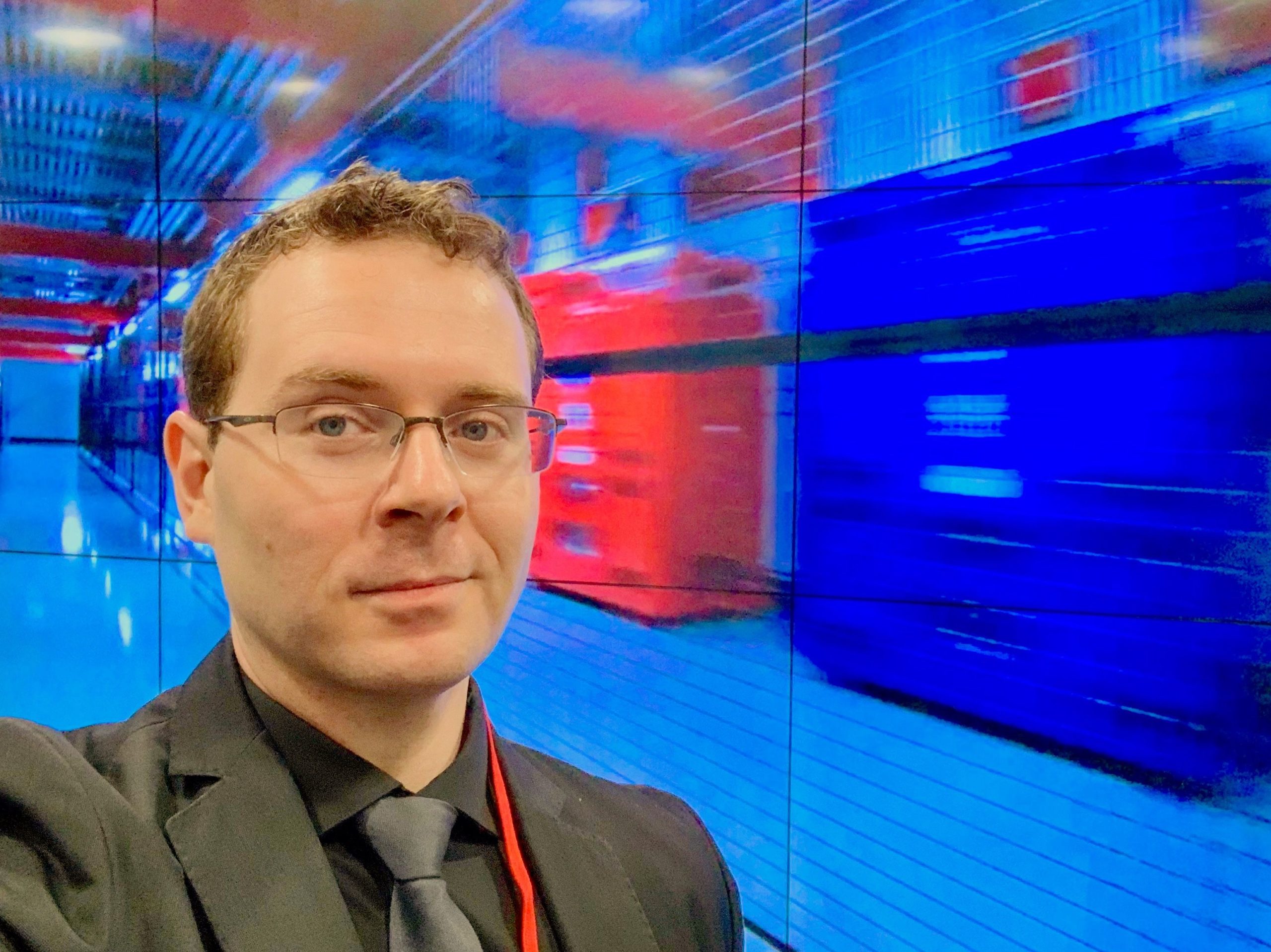All-Flash Solutions Are Removing Legacy Components – And Improving Data Center Efficiency10 min read

In 2018, all-flash solutions continue to be all the rage. In fact, we’ve seen in them in stand-alone deployments and, more so, in converged infrastructure solutions. Organizations across the board are realizing the significant benefits behind all-flash and are also finding the economics of the design to be very compelling.
In the industry, we’ve seen a significant uptick in all-flash solutions and deployments. “Advancements in SSD technology and lower price points are driving broader SSD adoption and are making SSDs a ubiquitous storage technology,” said Jeff Janukowicz, research vice president for Solid State Drives and Enabling Technologies. “SSD adoption in the client PC and the enterprise data center market continues to increase, which will drive SSD unit shipments to grow at a 2015–2020 CAGR of 16.9%.”
Furthermore, according to IDC, service providers will continue to break new ground in search of both performance gains and cost reductions as they expand their cloud architecture implementations. Remember, as data center utilization goes up, so do requirements around critical environmental considerations like power and cooling. This is a big reason as to why data center operators are looking to all-flash for new design considerations.
“Traditional storage vendors continue to expand their product portfolios to take advantage of the market swing towards all-flash and converged/hyper-converged systems,” said Liz Conner, research manager, Storage Systems at IDC. “Meanwhile, hypers-scalers saw new storage initiatives and event-driven storage requirements lead to strong growth in this segment.”
All-Flash is Breaking Down Data Center Barriers
Infrastructure efficiency has been a considerable concern for many organizations. They’re regularly tasked with reducing the overall footprint while still improving density and efficiency. That’s a challenge when power, as well as utilization, continue to go up. Gartner estimates that ongoing power costs are increasing at least 10% per year due to cost per kilowatt-hour (kWh) increases and underlying demand, especially for high power density servers. Approximately 10% of data center operating expenditure (OPEX) is power, and power is likely to be about 15% of data center OPEX within five years.
That being said, let’s look at some of the positives that all-flash solutions can create when applied to data center models.
- All-flash helps remove legacy, costly, components. Spinning disk systems take up rows and rows within a data center. They’re needed for their IOPS. More specifically, if there is a performance issue – you need to add more disk to help alleviate those problems. All-flash takes an entirely different approach to working with storage solutions. Let me give you an example. A real-world customer was struggling with space because of their spinning disk architecture. To improve the situation, they went with all-flash storage. And, the benefits they saw were quite substantial. They went from 40 racks of equipment, more than four rows in their data center, down to 2 racks of converged infrastructure. You’re now working with solutions where 20U can house 8PB of efficient all-flash storage.
- All-flash changes are cooling design. Bridging from the previous point – when you have less gear to deploy, you’ll also need less cooling. Modular containment is excellent for converged infrastructure solutions especially if your data center carrier a mixed load of computing power. Furthermore, you may need to look into rack airflow management products, which are specifically designed to control intake airflow in server racks. Remember, all-flash generates less heat and therefore may require you to conduct a CFD study to ensure proper airflow management.
- You’ll be able to look at power and cooling from a different perspective. There was a fascinating Forrester study (commissioned by Pure Storage) which took a deeper dive into the economic impacts of all-flash on the modern data center. Interviewed customers reported significant power and cooling savings when they replaced legacy disk storage with all-flash technologies. Throughout the study, Forrester found that power and cooling savings totaled $74,231 over three years and assumed a cost per kWh for power of $0.14 and a cost per KWH for cooling of $0.10. These types of savings also help impact how much cooling you require and what kinds of solutions you decide to deploy.
If you’re in the data center space – please make sure you’re analyzing the potential of inserting all-flash into your ecosystem.
In the latest AFCOM State of the Data Center Survey, we found that beyond any other technology, IT organizations are most likely to have already implemented flash storage. In fact, 70% responded that they’d most likely or at the least consider implementing flash storage solutions within the next 12 months. Furthermore, 49% indicated that the only way to prepare for the vast influx of data was to deploy some kind of flash storage. For the full report – you’ll have to attend my keynote session at this year’s Data Center World Global conference.
Moving forward, these kinds of systems are critical to designing new types of solutions for a variety of industries. Organizations are actively looking into all-flash arrays to help them consolidate their data centers while improving user experience. Most of all, you’ll feel the impacts of all-flash on the efficiency of your data center.

Bill Kleyman
Industry Analyst | Board Advisory Member | Writer/Blogger/Speaker | Contributing Editor | Executive | Millennial
Bill Kleyman is an award-winning data center, cloud, and digital infrastructure leader. He was ranked globally by an Onalytica Study as one of the leading executives in cloud computing and data security. He has spent more than 15 years specializing in the cybersecurity, virtualization, cloud, and data center industry. As an award-winning technologist, his most recent efforts with the Infrastructure Masons were recognized when he received the 2020 IM100 Award and the 2021 iMasons Education Champion Award for his work with numerous HBCUs and for helping diversify the digital infrastructure talent pool.
As an industry analyst, speaker, and author, Bill helps the digital infrastructure teams develop new ways to impact data center design, cloud architecture, security models (both physical and software), and how to work with new and emerging technologies.
Airflow Management Awareness Month
Free Informative webinars every Tuesday in June.







0 Comments